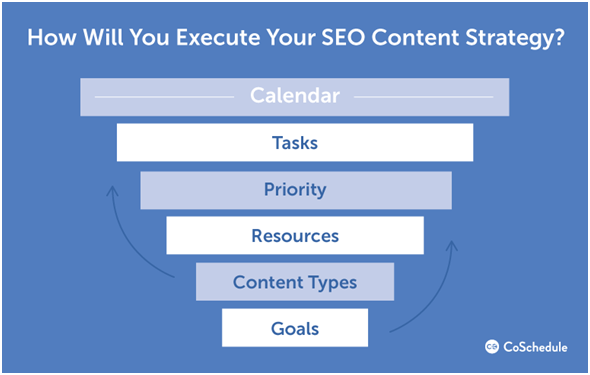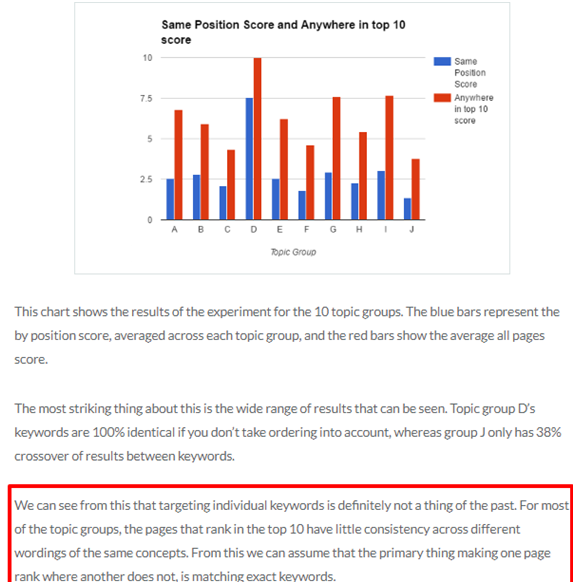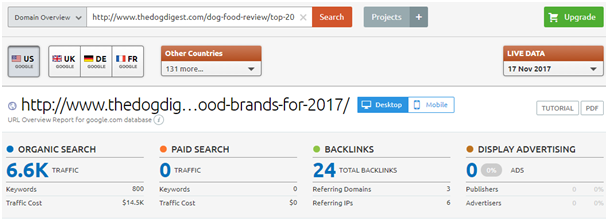You need a cohesive SEO strategy if you must enjoy organic search visibility. It doesn’t matter how much efforts you put in content creation and link building, everything must be in sync. From your calendar to your goals, and everything in between — everything needs to be cohesive.

The word “cohesive” means united and working together effectively.
In other words, your link building plan must work together with your social media plan for you to get lasting results. Why?
Because search engine optimization has changed significantly and website owners know it. Some years ago, any website with a pulse will definitely rank. But it’s a different ball game today. The scale is now pointed toward Authority and Relevance.
According to Jayson DeMers, “Authority and Relevance are responsible for the way websites rank the way they do.”
Now, building a cohesive SEO strategy is not just about sitemaps and meta titles. When you set up a strategy for a client, you have to use a plan that’s tailored to their needs, wants, and market landscape.
Your cohesive SEO strategy should be a reflection of your brand or that of your client. Because, after all, search engine marketing helps to position your brand in front of a potential audience.
For your strategy to yield the desired results, you need to take the following action steps:
1. Define the searcher persona: Having a thorough understanding of who your target audience is, and then building different searcher personas around this will help you to reach your ideal customer base.

This approach offers you a structured look at how your business goals align with their own goals. And, you can match your products, messages, and content with what matters to them.
To achieve this, you want to know:
- What is their biggest hesitation before testing your product or service?
- What words would your customer or target audience possibly use to describe their current problem?
- What is the best possible way for you to interact and engage with them?
Once you have nailed these questions, you’re on your way to communicating clearly and directly to an audience that matters.
2). Stalk Your Competitors: This is often an ignored but very crucial part of creating a coherent SEO strategy that your business or client will love.
Knowing what your competitors are doing at any point in time and your differences allow you understand what differentiates you from the competition. Then, you can channel your energy and time on creating content that gets your ideal searcher personas to click.
To achieve this, you want to:
- List some of your top competitors.
- Research them thoroughly (This means finding out everything they are doing that’s currently working for them — including the keywords they are ranking for, and if they have any organic search data that may be useful). You can achieve all of these with SEMrush or SpyFu tools.
- Compare your website with that of your competitors using all the data you have collected from step 2 above.
Remember that search engine optimization is a 100% focus on the user as it is on the search engines. It’s critical to stand out and be different in the search results, but for the right reasons.
3). Keyword Discovery: Keywords are still valuable in today’s search engine optimization environment. They give structure to your pages, a theme to your website, and also benefit your website by leading and guiding searchers to a specific page.
Keywords don’t just help your content; they craft content. You don’t have to take my word for it, check out Rand Fishkin’s comment on this topic.

To perform keyword research, I first start by coming up with a list of keywords I think my ideal customers might be using to find my business. Assuming I deal on Dog food, I can use the following keywords:
- Dog food
- Dog food supplies
- Dog food reviews
- Best dog food
- Dog food brands
Then, I’ll head over to a tool like the popular Keyword Tool, or Keyword Shitter, or SEMrush and start entering the seed keywords one after the other until I’m able to come up with a big list of long-tail, low competition keywords that I can target in my content.

Another trick is to input your competitor’s website address into SEMrush, then find related keywords to optimize your content and pages for.


4). Reduce the Numbers: After I come up with 50 keywords or more, I’ll paste the list of keywords into a Google Spreadsheet, and erase all the elements that I don’t want.
The good ones mean keyword with low competition, long tail, and probably have a decent monthly search volume. Then, I’ll also remove all the keywords that are not relevant to my business.
5). Divide Keywords into categories: After you’ve decided on which keywords you want to target, the next step is to bucket your keywords based on topics or themes into different categories. You can segment these based on pages or blog posts that you can write about.
This allows each blog post or page to target a different set of keywords. Again, under each keyword theme, you should list your five keywords or more by volume, including any geographical elements that might be helpful.
This approach allows you to identify and bridge any gap or opportunity you may be missing out on when it comes to driving relevant traffic.
Note: A cohesive SEO strategy covers everything from competitor research, keyword research, market analysis, link building, and more. Let’s get into it.
SEO Landscape
Competitor Research